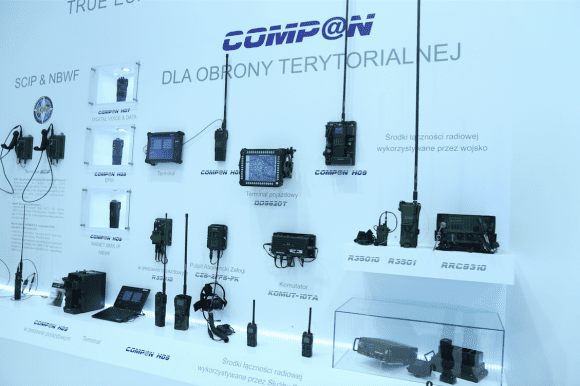Polish Engineers Offer Support in the Jupiter Research Programmes
Polish Engineers of the SENER POLSKA company will co-create one of the key elements of the JUICE mission, the goal of which is to explore the Jupiter’s icy moons. Launch date regarding the ESA’s probe has been set on the basis of proper planetary layout, between May and June 2023. The main scientific goal of the mission is to explore the Jupiter’s moons, with a particular focus placed on the bodies which may have oceans under their icy surfaces.
Poland Involved In Jupiter Research
JUpiter ICy moons Explorer (JUICE) is an important research initiative undertaken by the European Space Agency, the aim of which is to expand the knowledge of Jupiter and its icy moons: Europa, Callisto and Ganymede. 10-meter long magnetometer manipulator is one of the key components of the probe. It is used to place some of the measurement instruments away from the magnetic signature of the spacecraft. SENER company was awarded in a tender, the aim of which was to select a contractor who would design, manufacture, test and install this element.
Challenge for the Polish Engineers
The Manipulator features a 10.6 meter long structure which is going to include solutions such as blending of the titanium alloys with carbon fibres, which is a patented technology owned by SENER. At the moment of launch, the structure is going to be folded, into three segments. Once it is placed in the orbit, the boom is going to be unfolded and synchronized, by systems the design and structure of which are also going to be a responsibility of the SENER company.
Length of the manipulator, magnetic clarity and wide range of temperatures (more than 500 degrees Celsius) within which the probe is going to be operated altogether pose a great challenge. A team of engineers of the SENER POLSKA company is going to be responsible for the test programme. They are going to carry out a Finite Elements Method simulation, pertaining to the manipulator’s component. They will also create a simulating station replicating the micro-gravity conditions, which is going to be used to carry out the final tests on Earth.
The manipulator is going to be used to position and protect five out of ten research instruments which are carried by the Juice probe. These five devices will be used to carry out experiments pertaining to magnetic waves (J-MAG) and radio and plasma waves (RPWI device). The latter instrument is being co-developed by the Space Research Centre of the Polish Academy of Sciences. The research systems listed above will make it possible to check whether the tensions within the listed moons, caused by the gravity of Jupiter, have an effect which would contribute to a circumstance, in which liquid water would be present under the ice caps of the moons.
ESA Cosmic Vision – Looking For Oceans on the Jupiter’s Moons
JUICE mission has a fixed launch date – between May and June 2023. This is conditioned by a relative position of the Earth, Venus and Mars, which would allow the scientists to use their gravity to propel the probe through space. In the light of the above, ESA has applied several solutions, the goal of which is to reduce the risk of delays. If the probe is not ready on time, then another launch window would be available a year later. However, then the journey would take more than 9 years, instead of 7.5 years, which would also shorten the time, within which the probe could remain close to the Jupiter’s moons.
First, the number of intermediate models of the probe which are going to be created before the final one has been reduced. Test programme plan has also been shortened. Secondly, so called conservative approach towards subsystems has been adopted, which means that the mission is based, to a large extent, on components which have already been utilized in space exploration. This means that experienced companies, with a lot of resources, may be expected to be involved in the initiative.
JUICE probe is the first large mission realized as a part of the ESA Cosmic Vision programme. It is also going to be the first European probe to reach the Jupiter System. Its main task is to explore the Jupiter’s icy moons, which may feature oceans: Europa, Ganymede and Callisto. The mission is going to be focused on exploration of the Jupiter within two domains: exploration of the potentially habitable zone in the Galileo moons, and exploration of the Jupiter, seen as a gas giant archetype.
Once the probe is launched by the Ariane 5 launch vehicle, it is going to start its 7.5 years long journey, using the gravitational assist of the Earth, Venus and Mars, so that it is possible to save the precious fuel. Once the JUICE probe reaches the Jupiter, it is going to make several flypast, lasting 3.5 years. Then the probe will be directed towards the Ganymede orbit, which is the largest moon of the Jupiter. Thus, the probe would become the first spacecraft to enter the orbit of an icy moon, in the external part of the Solar System.
It is worth to add that space probes are also going to be sent towards Jupiter by NASA.


